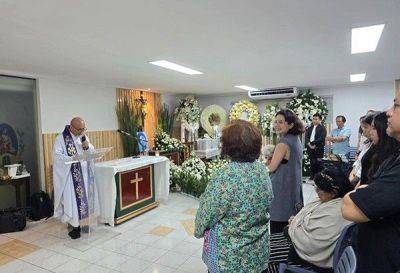Repurposed 'King of the Road': A history of Philippine Jeepney
MANILA, Philippines — Before the mini-buses in plain, solid colors were introduced as public transport as part of the ongoing Jeepney modernization program, it is important to look back at how the Jeepneys of old came to be — as the ingenius innovation made from surplus American military jeeps after World War II.
Many related literature on the history of the Jeepney in the country cited Antonio Lamberto's 1982 piece "Pambihirang Sasakyan, May Lulang Kasaysayan."
The Jeepney's predecessor is considered to be the auto-calesas during the American colonial period in the 1930s. These were cheap, modified imported cars that were used as share taxis.
With these destroyed during the World War II, the need to find for their cheap replacements arose with the idea of repurposing leftover American military jeeps, which were used to transport troops.
The word "Jeepney" is a portmanteau of jeep and the word "jitney," which is also known as dollar van. Dollar vans are modified passenger vans in the United States.
The new look of the repurposed military jeeps included metal roofs and parallel benches facing each other, with a seating capacity between 14 to 18.
Among the enterprising Filipinos who ventured into making the earliest Jeepneys was Leonardo Sarao, who was a former calesa (horse-drawn carriage) driver-turned-mechanic.
According to the Las Piñas website, Leonardo and his brothers made "Jeepneys, with each section meticulously fashioned by hand, laboriously going over each detail," with a capital of P700 in 1953. Sarao jeeps are clearly distinguished with its trademark: the horse, on which the hood of a Sarao jeep would feature figurines of stallions.
Apart from Sarao, the other known jeepney makers were Francisco Motors and Atendido.
In Fame Pascua's "The Patok Jeep: A Descriptive Study," it is written that another Las Piñas native, Anastacio Francisco, setup a painting shop that later expanded into jeep-building and repair in 1951.
Ignacio Atendido, meanwhile, was the designer of Bagong Lipunan Jeepney that features a side entrance.
One of the remarkable features of the Filipino Jeepney is its colorful, customized body.
Calyd Cerio wrote in his study "The







